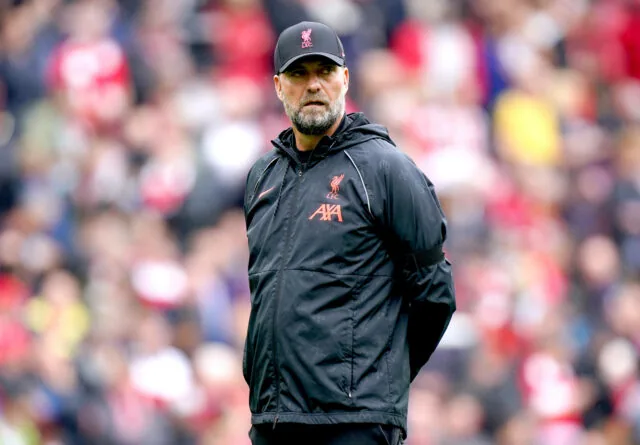While we wait for crowds to be allowed back into football stadiums, the live TV broadcasters have made sure that we don’t miss out.
In the 2020/21 season, every Premier League game has been shown live by one of the networks.
In fact, this has been the case since the pandemic hit and clubs were forced to play their matches behind closed doors. Project Restart has led to a surfeit of football but has it all been too much?
A Substantial Diet
Statistics show that, on average, football fans consume around three live matches each week. Fans of the individual Premier League sides will tend to fall above or below that line, but some are consuming far more than others.
According to research from Casino Winner, supporters of Burnley Football Club are taking in between seven and nine live games every week.
There could be some obvious reasons for that, and many Clarets’ supporters are simply connoisseurs of the sport and want to enjoy as much action as possible before the channels start to ease up on their coverage.
Burnley fans will clearly want to see their own side’s matches, but it’s not been the best campaign for Sean Dyche’s men.
The club have flirted with relegation for much of 2020/21. That doesn’t put them in a unique position, but perhaps Burnley supporters have been following other sides with greater interest.
Fulham, West Bromwich Albion, Sheffield United, Newcastle United and Brighton & Hove Albion have all been on the Clarets’ menu across the campaign.
Supply and Demand
If there is too much football on TV, this may be reflected in the viewing figures. Before Project Restart, around half of the weekend’s Premier League games were broadcast live.
In 2018/19, research from Nielsen found that around 3.2 billion people watched games throughout the year. Those are impressive numbers, but it should be noted that they relate to home viewing only.
When live streaming and viewing from bars and other public locations were added, it was suggested that the figure was closer to 4.2 billion.
Encouraging Statistics
Overall figures from the 2020/21 campaign will be totalled when the season comes to an end, but the signs have been encouraging since Project Restart.
The first game following the resumption saw Aston Villa take on Sheffield United. Sky Sports reported an average of 1.9 million viewers per match in 2019/20, before lockdown, and the figures for this fixture came in at 2.7 million.
From that point onwards, the numbers just kept on increasing. 3.4 million tuned in to watch Manchester City v Arsenal on June 17 before the BBC produced a new record high. With live football back on terrestrial television, a staggering 5.7 million saw Southampton beat Manchester City.
The figures will be interesting to monitor as fans begin to return to stadiums, but those are seriously impressive numbers.
Keep it Simple
One of the biggest plus points of the new live landscape is the involvement of terrestrial TV. The free broadcasters have recently been able to supply live FA Cup games and England international matches, but the lure of the Premier League has been out of their grasp.
With BBC back on the roster, football becomes more accessible, and that can only be a positive factor.
The nation’s first broadcaster is also creeping back into other televised sports such as cricket which has recently been part of a monopoly on subscription channels.
Football fans don’t have bottomless pockets, and the split between live coverage on Sky Sports and BT Sport is problematic for many.
With other sports heading to Amazon Prime, the potential for ever-increasing bills is quite scary. If the Premier League does want to engage more viewers, fewer subscriptions has to be a vital aim.
A Tentative Return
While live TV broadcasting brings vital revenue into every Premier League club, there is a concern that there’s not enough balance.
Two seasons ago, the split between live games and those that weren’t covered was 50/50. It’s now reached 100% in favour of live coverage, but will that have a detrimental effect when supporters can return?
Some fans may be hesitant to come back to crowded sporting events when the restrictions are finally eased.
That’s an understandable reaction for many, and this is where live football can step in to fill a void. For others, it could be down to simple issues with inertia or the rising cost of tickets and travel.
TV money can only go so far and, at some point, those clubs will need their fans to start flocking through the turnstiles once again. Ticket sales, food and drink, plus merchandise are vital to club coffers and this is a case where blanket live coverage may be too much.
Easing Back to Normality
We’ll only know the answer to the question when stadiums open to full capacity once again. At that point, blanket live TV coverage should end and around 50% of games will be picked up by the broadcasters once again.
For over a year, live football has helped lift our spirits and keep us in touch with our favourite sport. If we all return to the terraces, then it will have done a commendable job but, if we stay on the sofa to view, then it will have had a detrimental effect.
Additional Sources
https://www.sportingindex.com/spread-betting-blog/premier-league-viewing-figures
Add Sportslens to your Google News Feed!







